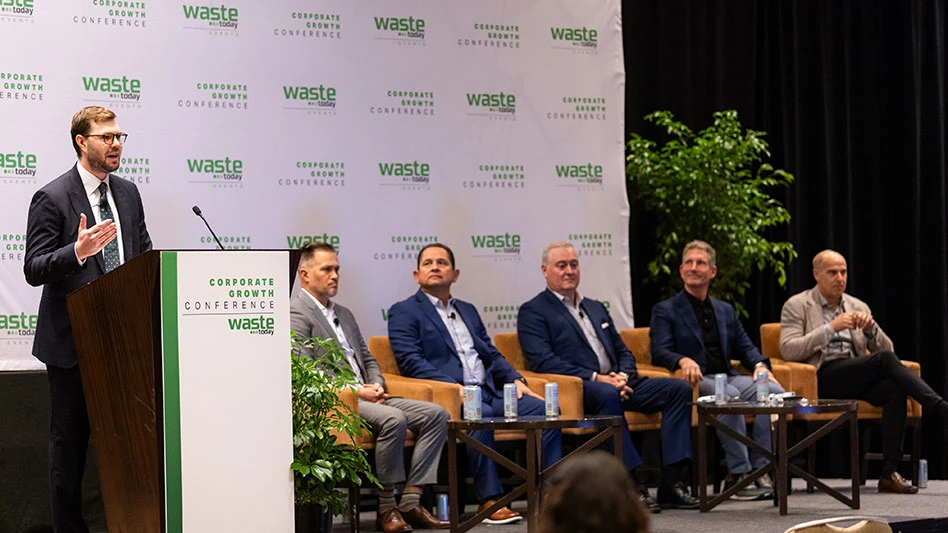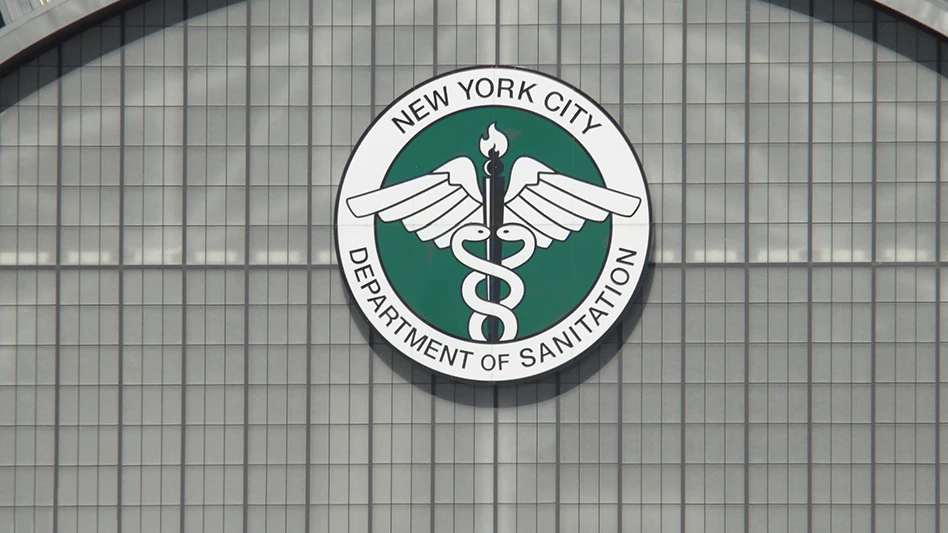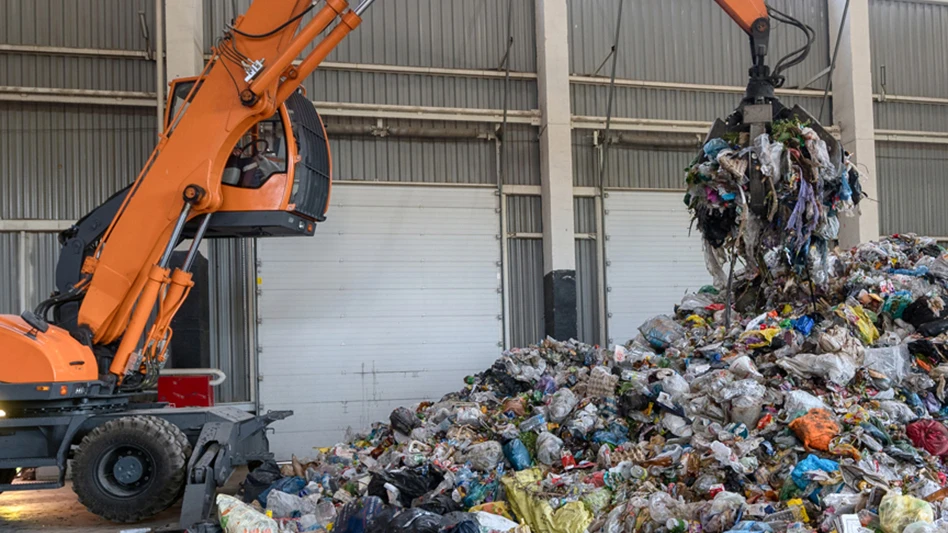
In May, I attended WasteExpo, a large national conference held this year in Las Vegas. Thousands attended the event. When I walked into the conference, I remember psyching myself up by quietly repeating, “I’m ready for this,” and preparing my sore right hand (injured after a nasty tumble last year) to be squeezed and shaken by garbage men much stronger than me. Turns out I was right to be wary—it’s just that my hand was squeezed and shaken by many garbage women and men alike.
While in the expo hall, seeing both familiar and unfamiliar faces, I felt our industry was striving and striving hard.
Striving is a good place to be, but it is not a comfortable one. Our industry is in a tenuous place of punctuated learning, particularly since being presented with the harsh reality that methane emissions from landfills are far more expansive and negatively impactful than previously thought thanks to a November 2023 report based on a study of atmospheric methane and carbon dioxide using satellite instruments.
Our position is genuinely an uncomfortable place to be in. We’re facing scarcity, with many landfills closing and new ones encountering challenges as they try to open. We must look beyond our known stomping grounds to coordinate with new parties to manage waste regionally as populations rise, costs rise and economies of scale must be met. And as concerned as we can be over the financial bottom line, we realize that this bottom line is more complicated now with disposal bans, zero-waste plans, increasing waste diversion goals and the next generation challenging us (sometimes legally) to do better.
The consensus now is that having a blue bin in a municipal or commercial waste collection program is table stakes, and the next frontier now involves extracting organics from the waste stream and diverting them toward recycling. With a wild decade of recycled commodity market fluctuations behind us, we no longer tell ourselves that “recycling pays.” However, we are more sophisticated in understanding the benefits of waste diversion (both upstream and downstream for recycled commodities and organics). All of this was made evident by attending WasteExpo conference sessions and observing the value propositions displayed by vendors.
Striving is somewhere between a reactive and proactive position, informed by lessons learned and being learned. It is clear to me that we have not solved all our problems yet; a panacea still does not yet exist, but we have great examples of those battling the tide of solid waste creatively. Through their attempts to share their struggles and successes, others are attempting to emulate those solutions on their own. We are exercising options, trying new approaches, navigating new policies and taking necessary risks to test new technologies when old solutions begin to fail us. This is the definition of striving, and we’re in the thick of it.
I have been in this industry for about a decade and a half—if I compare myself with others at the same level or above me, my 15 years is a relatively short time frame—and I can definitely tell the difference between when I started and today. We are more sophisticated now than before, with more readily available success and failure case studies. And we are now more empowered than ever before with many potential solutions to mix and match for our purposes.

Explore the May/June 2024 Issue
Check out more from this issue and find your next story to read.
Latest from Waste Today
- CAA submits final draft program plan in Oregon
- Washington city adds organics collection to waste service
- Aspen Waste Systems expands into Denver-metro market
- NYSAR3 seeks respondents to commercial recycling survey
- Aemitis AD system goes online
- Liebherr breaks ground on logistics center
- Rubicon appoints new CFO
- Nexus W2V attracts funding for waste conversion project in Indiana





